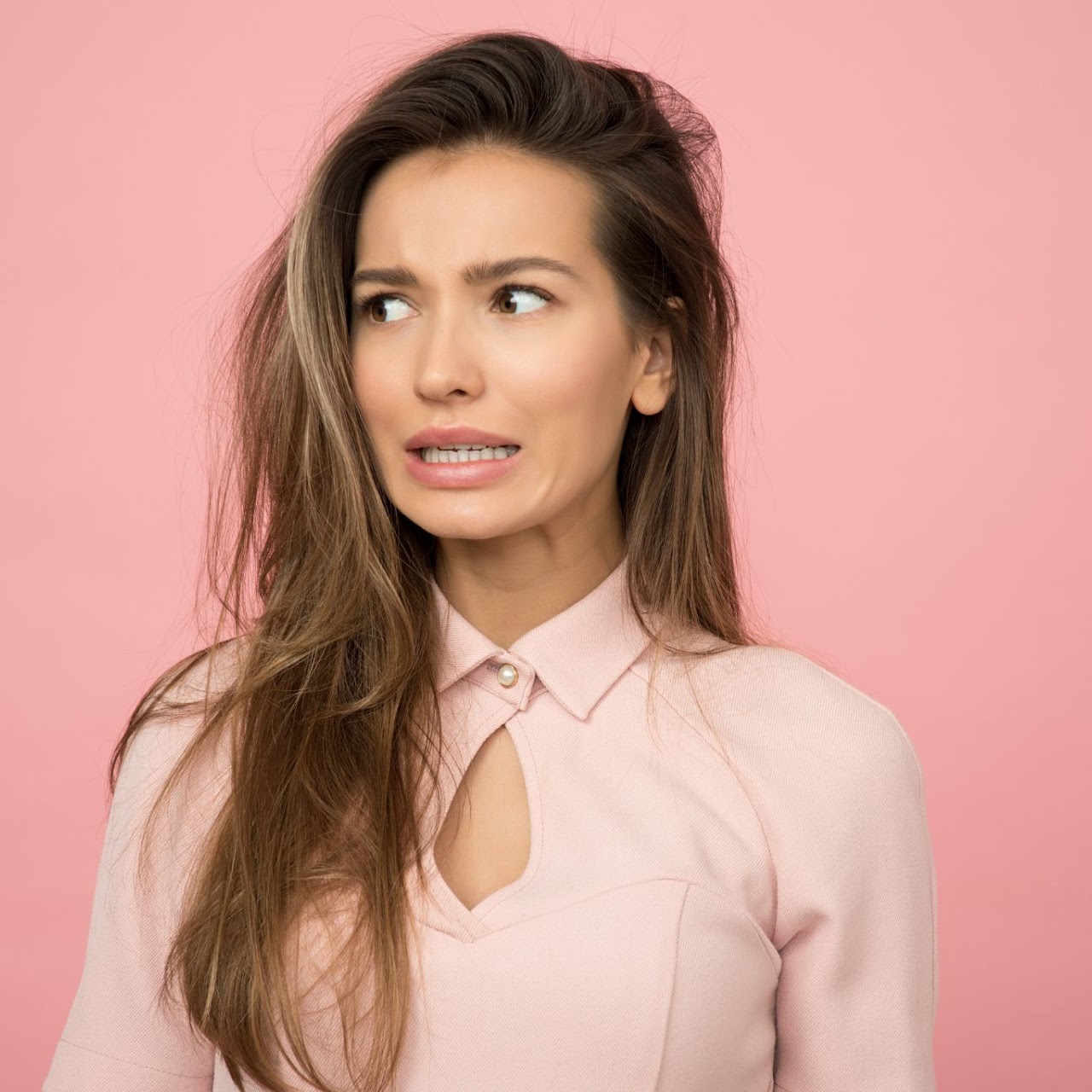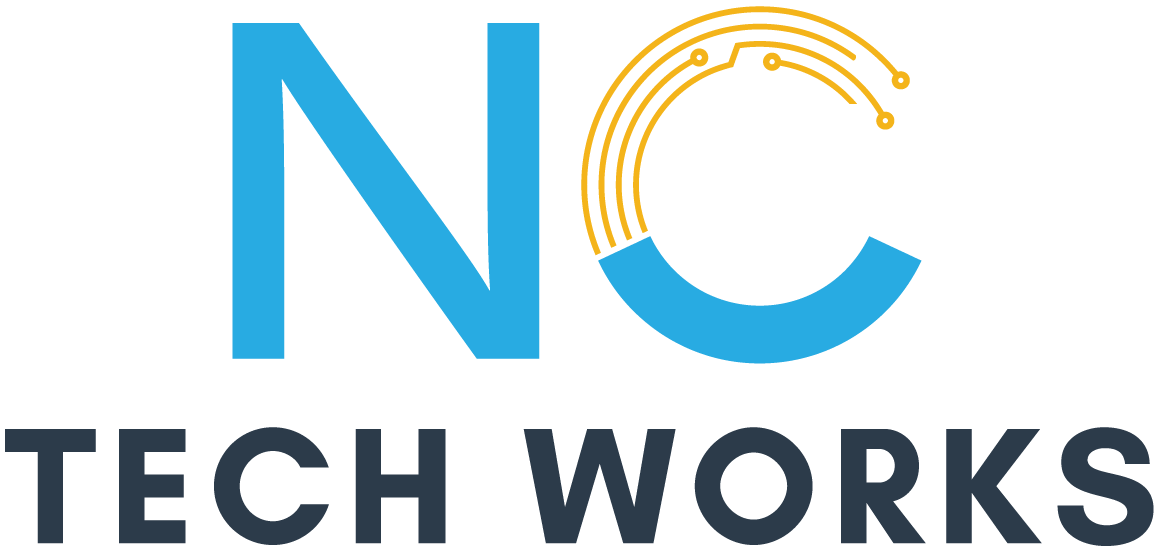Facial Expressions
Some people have more expressive facial expressions than others. The facial expressions you use when you are speaking and listening contribute to your conversation. You can control most of your facial expressions so they support your message rather than detract from it.
Use these tips to make the most of your facial expressions.
Be more aware of your own expressions. We all use facial expressions. We just may not know which ones we're using at any particular time. The first step in using facial expressions to your advantage is to know which facial expressions you commonly use. In what situations might you find yourself rolling your eyes, lifting an eyebrow, smirking, or giggling? Ask others to observe your facial expressions. You can also record yourself during a conversation if you feel comfortable. You will likely identify both involuntary expressions you use as well as those you are more conscious about.
Micro-expressions won't let you hide. Micro-expressions are brief, involuntary facial expressions that usually occur in high-stakes, stressful situations. They usually show up when you are trying to conceal how you're really feeling. In one recent study, researchers defined 21 facial expressions used to convey emotions and found a computer model could tell them apart with a high degree of accuracy. You can't always avoid micro-expressions. You can proactively use your facial expressions to connect with others when you communicate with them, however.
Observe the facial expressions of others. You can observe others to learn different ways people use facial expressions. You may need to ask for permission if you're doing this in class or a team meeting. Try to determine the type of messages others are communicating with just their facial expressions. Another fun activity is to watch part of a movie without the sound. You'll be amazed how much you can follow from the nonverbal clues provided by the characters' facial expressions.
Use facial expressions to your advantage. Observe the facial expressions of those you're having a conversation with. Use them to determine the best way to react. You may be working with someone who says they understand what you're asking them to do, but their face may be telling you just the opposite. Simply being more aware of facial expressions (and body language) can improve your communication skills and lead to better conversations with others.
What do these facial expressions communicate to you?



